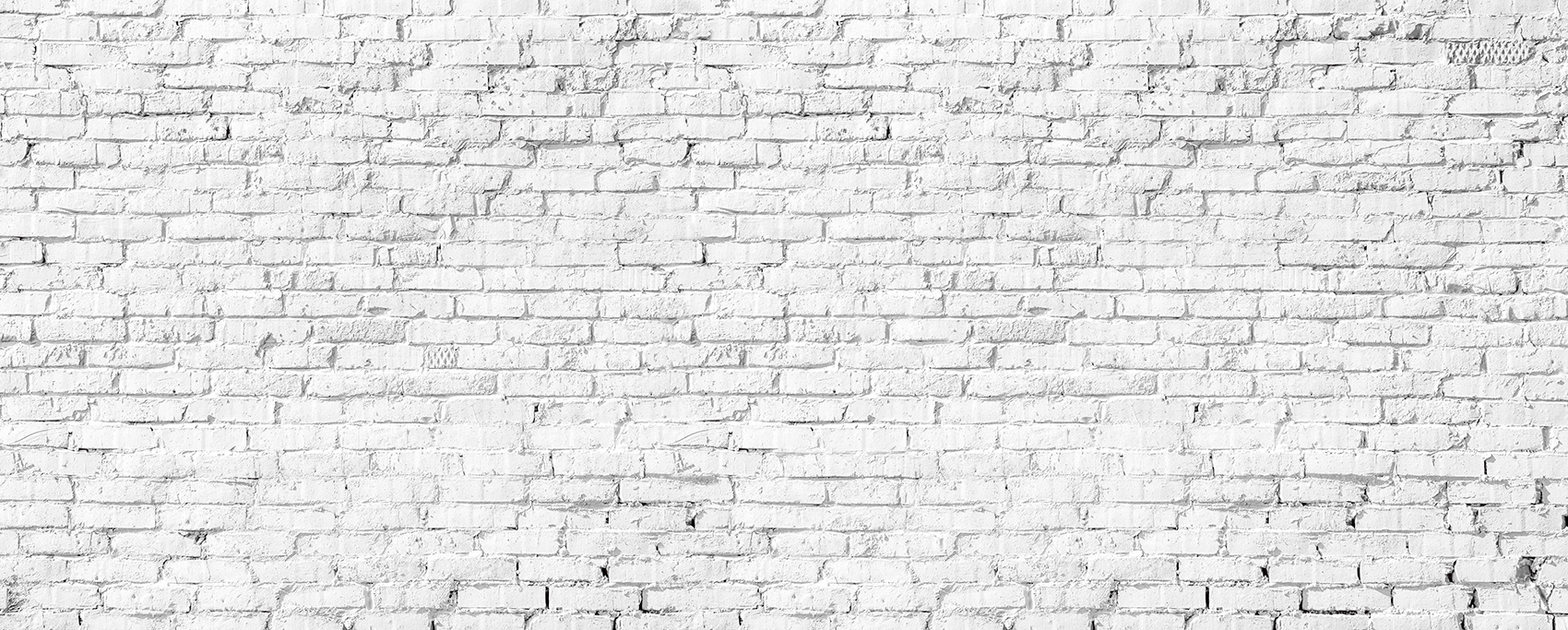Sign up for The Media Today, CJR’s daily newsletter.
A year ago this month, major publications across the United States partially or completely lowered their paywalls. The idea was that information about the outbreak of covid-19 had life-saving potential, and so it should be available to everyone, not just to subscribers—a fraction of news readers who tend to be the wealthiest and most highly-educated. Lowering paywalls was ethically sound. But it now raises important questions for media outlets: How long can they afford to keep their journalism free? And how will they determine which reporting is “essential” to the public?
“Journalism is, at its core, a public service,” Joy Mayer, the director of Trusting News, a research and training project that promotes journalistic credibility, said. But for any newsroom with a paywall, “There is always going to be tension between financial sustainability and the desire to offer that service in a way that is accessible to everyone.” Motives inevitably clash. “From a strictly business perspective, you’d want to put the most crucial content behind the paywall,” Simon Owens, an independent tech and media journalist, argued. But he also offered a different perspective: “There could be some public relations and brand-building benefits to lowering your paywall for service journalism, in that it may make your readership more likely to want to support your work.”
That seemed to happen for The Atlantic, which received early praise for removing its paywall on coronavirus stories. “Choosing to make vital coverage of the pandemic available for free to everyone was easy because it is so clearly the right thing to do,” Adrienne LaFrance, The Atlantic’s executive editor, told me. Last year, the magazine saw an increase of nearly four-hundred-thousand new subscribers. But as the months went by, the coronavirus proved not to have been the only subject requiring intense service-journalism: police brutality, Black Lives Matter protests, and the presidential election all carried life-or-death stakes. Across the journalism industry, the ambiguity over which stories constituted “public service” stirred confusion and distrust among readers. And recently, even pandemic stories have been paywalled; a recent visit to The Atlantic showed that some articles were free, others not.
“What I’m noticing now is anger on the part of readers when they hit a paywall on a covid story,” Mayer said. “I’m seeing comments along the lines of: ‘I thought you were going to make these stories free, I guess you’re just greedy.’” The average news consumer tends not to know much about the business of news, she pointed out—and why would they? “Journalists are not present in the comments to correct the record, describe why they need community support, and explain how subscriptions factor into their ability to stay in business and pay their staff.”
At The Wall Street Journal, editors took a holistic approach: they made the paper’s first guide to the coronavirus, “What We Know,” free for public view. Originally published last February, the guide was updated daily as reporters learned more about the outbreak. The Journal also lifted its paywall on other coverage—during and after the presidential election, for example, and following Hurricane Michael and Hurricane Florence. “We think there are many topics of public service,” Louise Story, the chief news strategist at the Journal, told me. “On covid, we free up the stories that are about public safety. We really approach this on a case-by-case basis.”
The willingness to remove barriers may cast doubt on the common presumption that paywalls are an unfortunate necessity in journalism, an essential public good that is expensive to produce. And paywalls do not affect all readers the same way. As Current Affairs pointed out last August, “The Truth Is Paywalled But The Lies Are Free”; many left-leaning publications that thoroughly research and fact-check their articles paywall their journalism, while right-wing media disseminates conspiracies and racism to anyone who’ll click. Only about sixteen percent of news-readers in the United States pay for subscriptions, which means that everyone else is locked out of knowledge, and likely to encounter a disproportionate amount of far-right fodder, often strewn with misinformation. “We can’t continue to talk about the lack of news literacy and misinformation while also denying access to the very people that we should be educating,” Arionne Nettles, a journalism lecturer at Northwestern University’s Medill School, told me. “Whether we want to or not, we are going to have to work harder at teaching our audiences what we want them to understand.”
That the pandemic forced outlets to rethink their obligations to make vital coverage available provides some reason for optimism. “I think that what we’ve seen, and will hopefully see more of, is a mixed-model approach where some premium content is under a paywall and content that is a public service is free,” Nettles said. “We can and should encourage people who can afford it to invest in paid subscriptions or memberships, but we can’t expect everyone to be in that category. When we do so, we are only serving people who have the means to support us, and I just don’t believe that that’s our charge.”
Of course, many non-profit news organizations have always thought in these terms. Soraya Membreno, the publisher of Bitch Media, a non-profit feminist magazine, argues that a sense of responsibility to readers can drive readership. “While we stand by the conviction that good journalism is worth paying for and supporting those who are able to do so, it isn’t a move that’s ever really felt in line with Bitch’s work or our relationship to our community,” she said. “As a non-profit outlet, our mission is to guide and encourage our readers to employ a feminist lens on the media and pop culture that we consume in our everyday lives. If we believed that feminism was for everyone, we couldn’t then create hoops for people to jump through to get to it.”
ICYMI: How to cover vaccine hesitancy
Has America ever needed a media defender more than now? Help us by joining CJR today.



